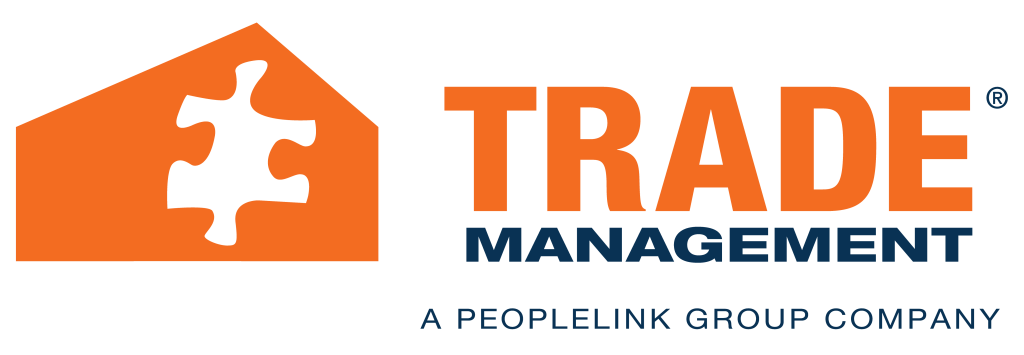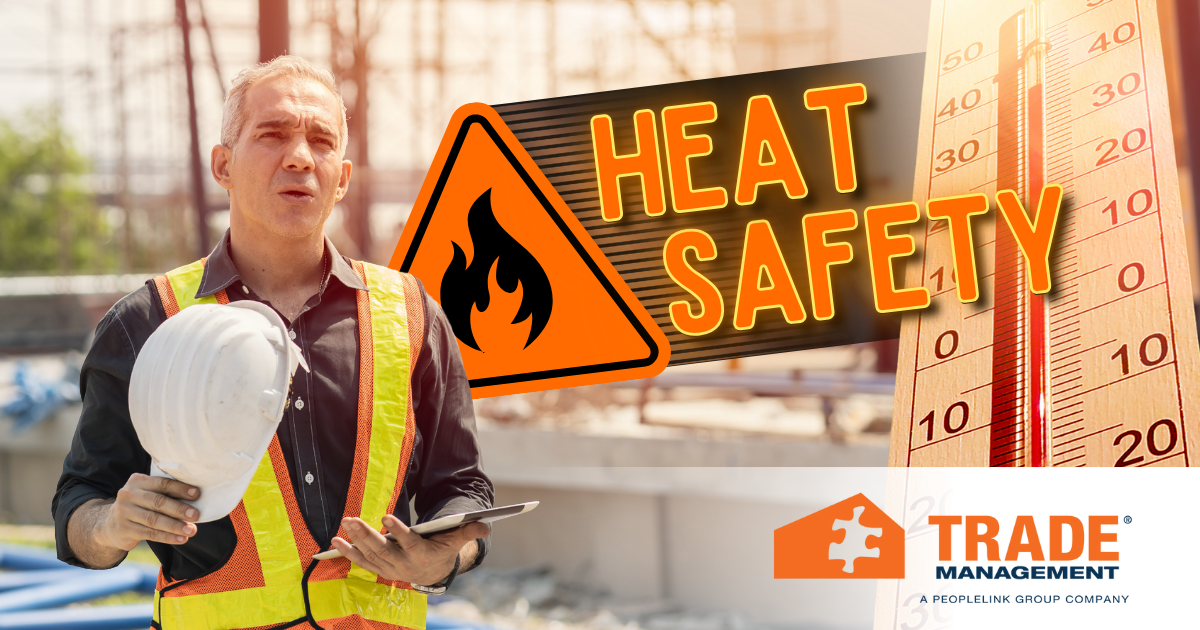As temperatures continue to rise globally, the construction industry faces increasing challenges related to heat stress and worker safety. A recent study from the Federal Reserve Bank of San Francisco highlights the negative effect extreme heat can have on the U.S. economy. Their study projects that decreased productivity in the construction industry would negatively impact the whole economy by slowing capital accumulation. This is in addition to the lost labor productivity within the construction sector itself, which relies heavily on outdoor labor. This study underscores the critical need for effective heat hazard management to ensure the safety and productivity of skilled tradespeople and to minimize the downstream economic consequences.
High temperatures are not just uncomfortable; they are dangerous. Prolonged exposure to extreme summer temperatures can lead to heat-related illnesses such as heat exhaustion, heat cramps, and heat stroke, which can be fatal. Construction workers, who often engage in strenuous physical activity under the sun, are especially vulnerable.
The study predicts a significant increase in the number of days per year that will exceed safe thresholds for heavy work. This escalation is projected to rise from 22 days in 2020 to roughly 80 within the next 74 years. This will have profound implications for worker health and productivity, emphasizing the urgency of addressing heat hazards.
To mitigate these risks, construction firms need to implement comprehensive heat safety protocols. This includes not only reactive measures but also proactive planning and continuous education.
Effective Strategies for Managing Heat Hazards
Schedule Adjustments:
- Early Starts and Late Finishes: Adjust work hours to cooler parts of the day, typically early mornings and late afternoons. This approach helps avoid the most intense heat of midday.
- Flexible Work Schedules: Allow workers to take more frequent breaks during peak heat periods and extend project deadlines to accommodate these adjustments.
Hydration and Nutrition:
- Hydration Stations: Ensure there are plenty of water stations on site. Workers should drink water every 15-20 minutes, even if they are not thirsty.
- Optimized Diet: Encourage a diet rich in fruits and vegetables that can help maintain hydration levels. Avoid caffeinated and sugary drinks that can contribute to dehydration.
Protective Gear:
- Lightweight, Breathable Clothing: Equip workers with clothing made from breathable fabrics that wick away sweat. Light colors are preferable as they reflect sunlight.
- Personal Protective Equipment (PPE): Use wide-brimmed hats, if possible, UV-blocking sunglasses, and sunscreen with a high SPF rating to protect against direct sunlight.
Worksite Modifications:
- Shade Structures: Install temporary shelters or canopies to provide shaded rest areas.
- Cooling Stations: Set up areas with fans or misting devices to help lower body temperature during breaks.
Training and Education:
- Heat Illness Prevention Training: Conduct regular training sessions to educate workers about the signs and symptoms of heat-related illnesses such as heat exhaustion and heat stroke and the importance of early intervention. Include materials that cover prevention measures such as frequent hydration – including drinking before becoming thirsty – and sun protection.
- Virtual reality (VR) training programs can educate workers on heat safety protocols and emergency response procedures in an immersive, engaging manner, increasing retention and understanding of crucial information.
- Buddy System: Implement a buddy system where workers monitor each other for signs of heat stress.
Health Monitoring:
- Regular Health Checks: Encourage workers to undergo regular health screenings to identify any conditions that might increase their risk of heat-related illnesses.
- On-Site Medical Support: Have medical personnel or first aid responders on site, especially during extreme heat conditions, to provide immediate assistance if needed.
The Role of Technology in Heat Safety
Advancements in technology can play a crucial role in enhancing heat safety. Wearable devices that monitor vital signs such as heart rate, body temperature, and hydration levels can provide real-time data to alert workers and supervisors of potential heat stress. Mobile apps that offer heat index forecasts and personalized hydration reminders can also be valuable tools for maintaining safety on site.
Environmental sensors can be strategically placed around construction sites to continuously measure temperature, humidity, and heat index levels. These sensors can send alerts when conditions become hazardous, enabling proactive measures to be taken before workers are affected.
Smart clothing embedded with cooling technologies or moisture-wicking fabrics can help manage body temperature and reduce the risk of heat-related illnesses. Furthermore, exoskeletons and other assistive devices can lessen physical strain on workers, reducing the overall impact of heat on their bodies.
Data analytics platforms can aggregate and analyze the information collected from various technological devices, offering insights into patterns and trends. This can help in predicting high-risk periods and optimizing work schedules to avoid the hottest parts of the day.
Remote monitoring and management systems allow supervisors to oversee multiple sites simultaneously, ensuring that safety protocols are being followed and that workers are taking necessary breaks and staying hydrated.
Adaptation and Long-Term Planning
While immediate measures are essential, long-term strategies are equally important. The study suggests that relocating some production to cooler regions and investing in climate-resilient infrastructure could mitigate the impact of extreme heat. Additionally, exploring new construction methods and materials that are less susceptible to heat-related productivity losses can offer sustainable solutions.
The Future Is Now: Heat Hazard Management Strategies
The increasing threat of extreme heat requires construction firms to prioritize the safety and well-being of their workers. By implementing comprehensive heat hazard management strategies, companies can protect their employees, maintain productivity, and contribute to the overall resilience of the industry. As temperatures continue to rise, proactive and adaptive measures will be necessary to safeguard both the health of construction workers and the economic stability of the sector. Together, we can build a safer, more resilient construction industry.
Does your worksite need more skilled labor? We can help bring skilled tradespeople on board for you. Learn more here.






